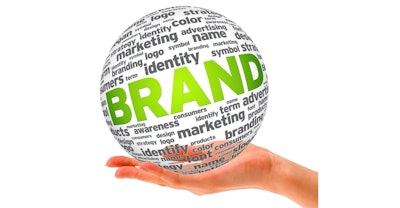
 Dan Horan, associate consultant at Indian River Consulting Group
Dan Horan, associate consultant at Indian River Consulting GroupWhen customers turn to your brand time after time, you could have earned that loyalty many ways. Maybe it’s your fair pricing and consistent quality, or it could be the timely delivery and outstanding service they’ve come to rely on.
All of those can be summed up in a single word: reliability.
Giving consumers a reliable, consistent experience throughout their purchasing, delivery and service relationship with you is much like putting out a dependable product. The more consistent you are, the more dependable all aspects of your business — and your brand, will appear.
When customers trust you and your product, that builds loyalty. In a recent survey by Fierce Retail, respondents cited reliability as one of the key reasons they return to their favorite brand again and again. Loyal customers are the Holy Grail of any company, with good reason. Regular customers cost less to serve, will more readily accept price increases and are more willing to forgive errors.
That same reliability protects your brand and gives you more control over how customers view your company. You will never control your brand 100 percent, but by being consistent, you establish how you will be perceived.
Along with providing a good, reliable product and outstanding service, there are steps you can take to build your brand and ensure it is viewed consistently. Those include:
Monitor internal brand perceptions. Survey employees from various departments. Ask two questions: 1. What does our company stand for? And, 2. What does our company mean to you? Don’t expect answers to be identical, word for word. But do look for consistent or recurring themes. If you don’t find them, you have some work to do within the company. Reliability and consistency begin at home.
Review marketing materials and processes. At a basic level, customers should expect to see the same logo, colors, and typeface on all materials from your company, including email and social media. But more than that, customers should have consistent experiences with your employees, from the way they are greeted and the prices they are quoted to how policies are implemented.
Make brand standards widely available. Everyone in your company should be well-acquainted with the latest version of your logos, colors and anything else that identifies your brand. And your brand's core values shouldn't be passed down solely through a list of talking points — they should be embodied daily by the actions of company leaders, both internally and externally.
But even taking all these steps doesn’t assure that your brand will be perceived as you’d like.
Because, ultimately, your brand is not a logo, or the sum of your marketing efforts. Your brand is whatever your customers tell each other it is. And what they tell each other is based on experiences both tangible – how your product works, how it looks, feels, smells or tastes – and intangible – how interaction with your brand makes them feel.
Dan Horan is an associate consultant at Indian River Consulting Group, which has worked with distributors and manufacturers since 1987. Horan is an expert in sales, marketing, branding and communications strategy. Contact him at [email protected] or visit ircg.com.























